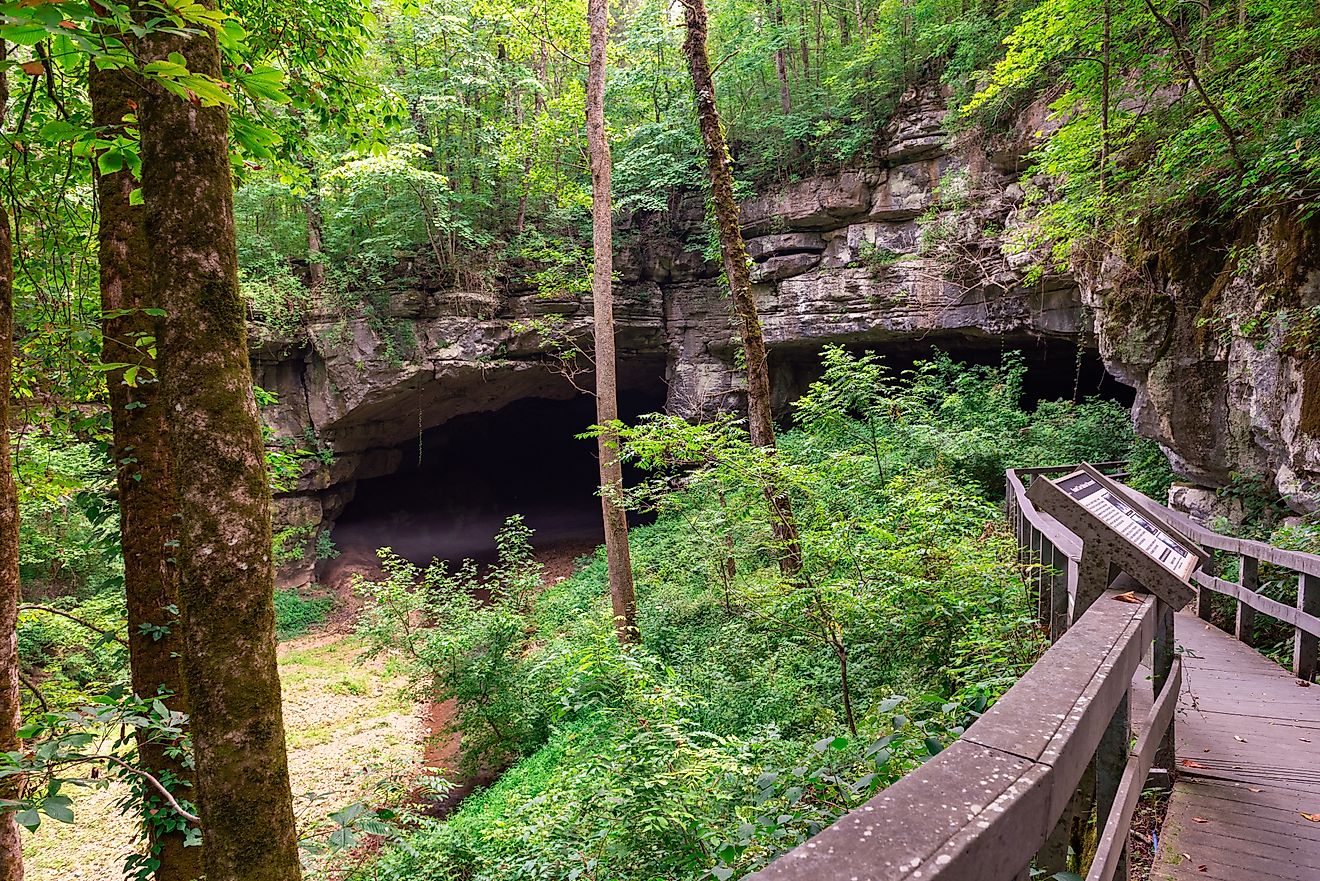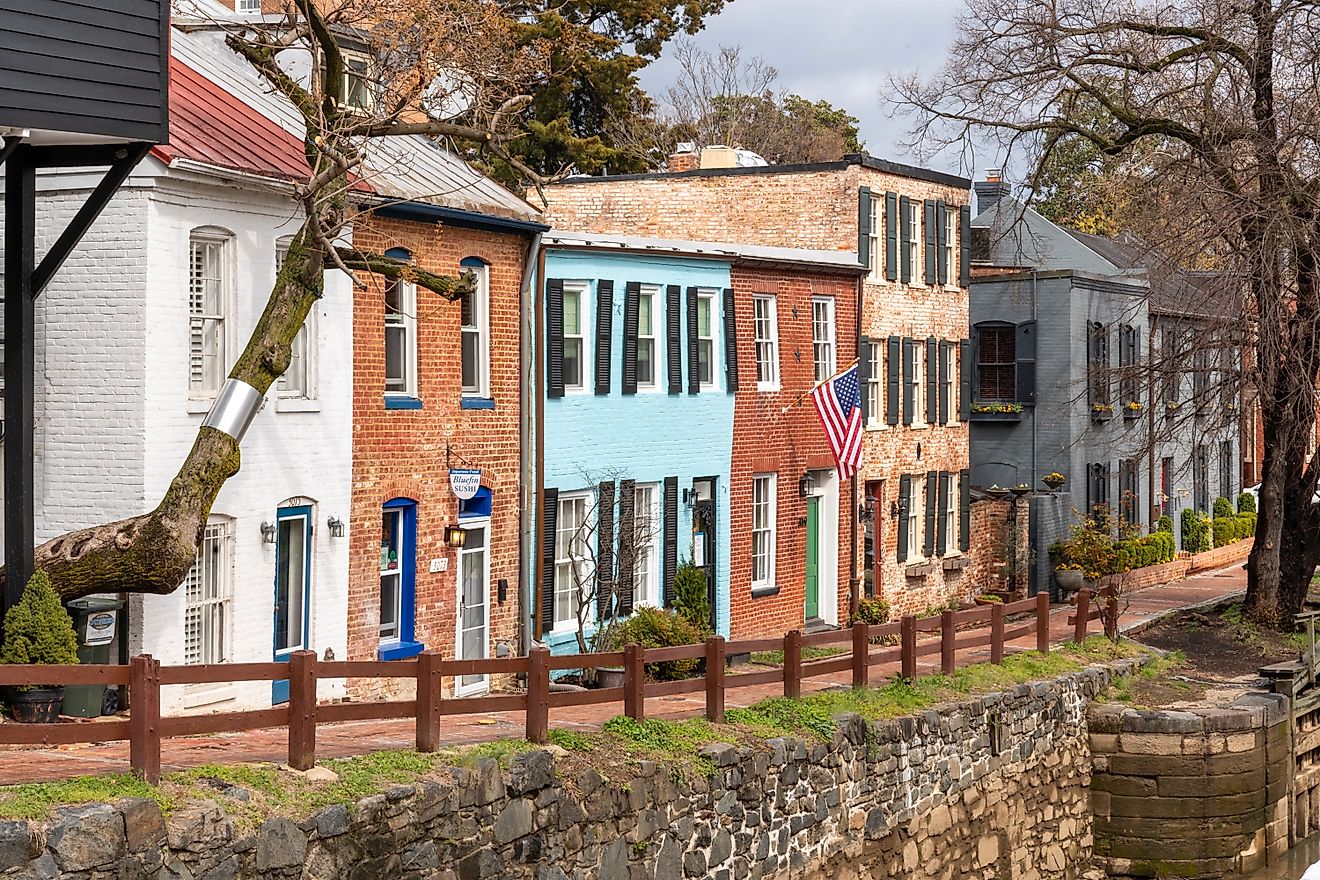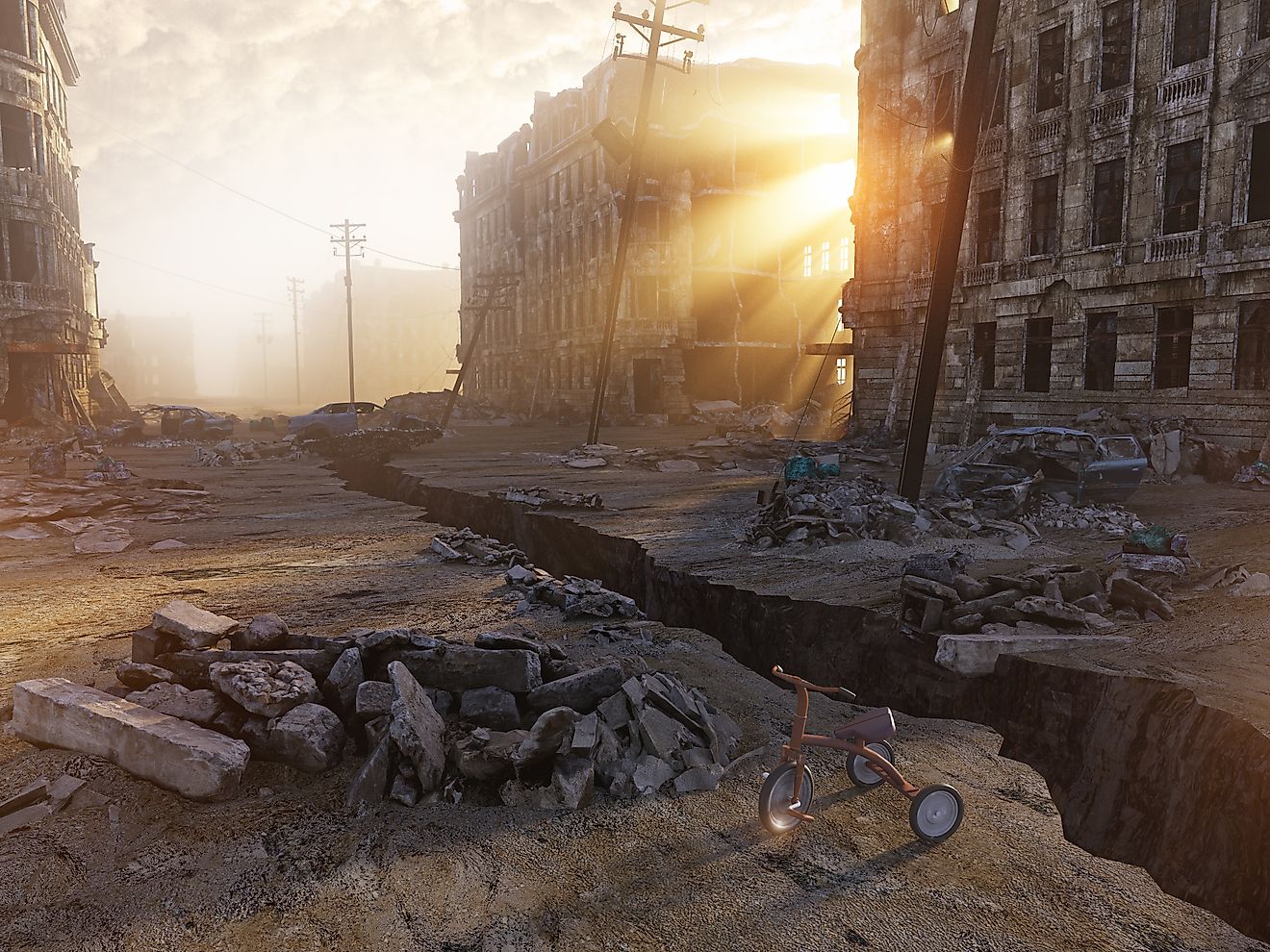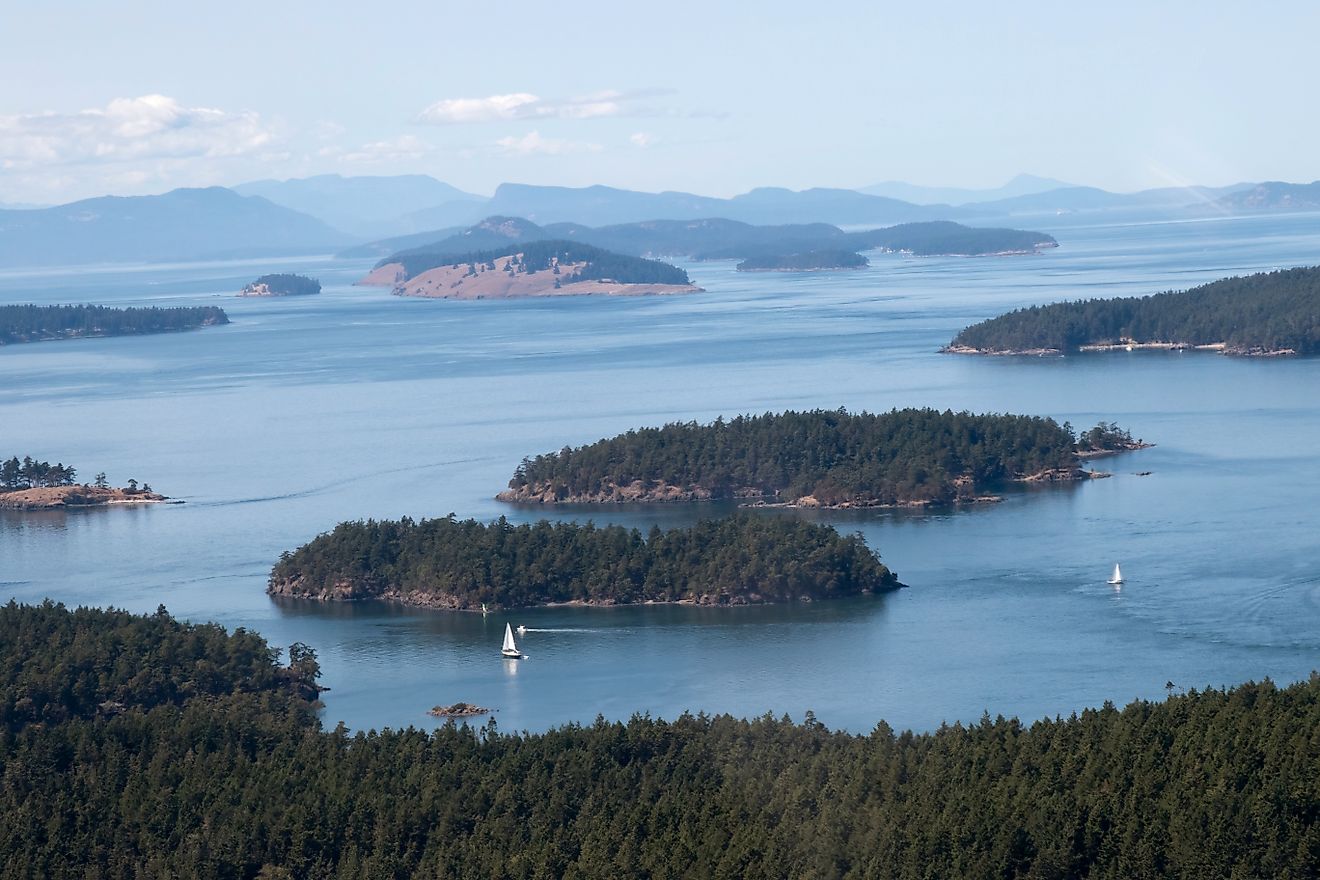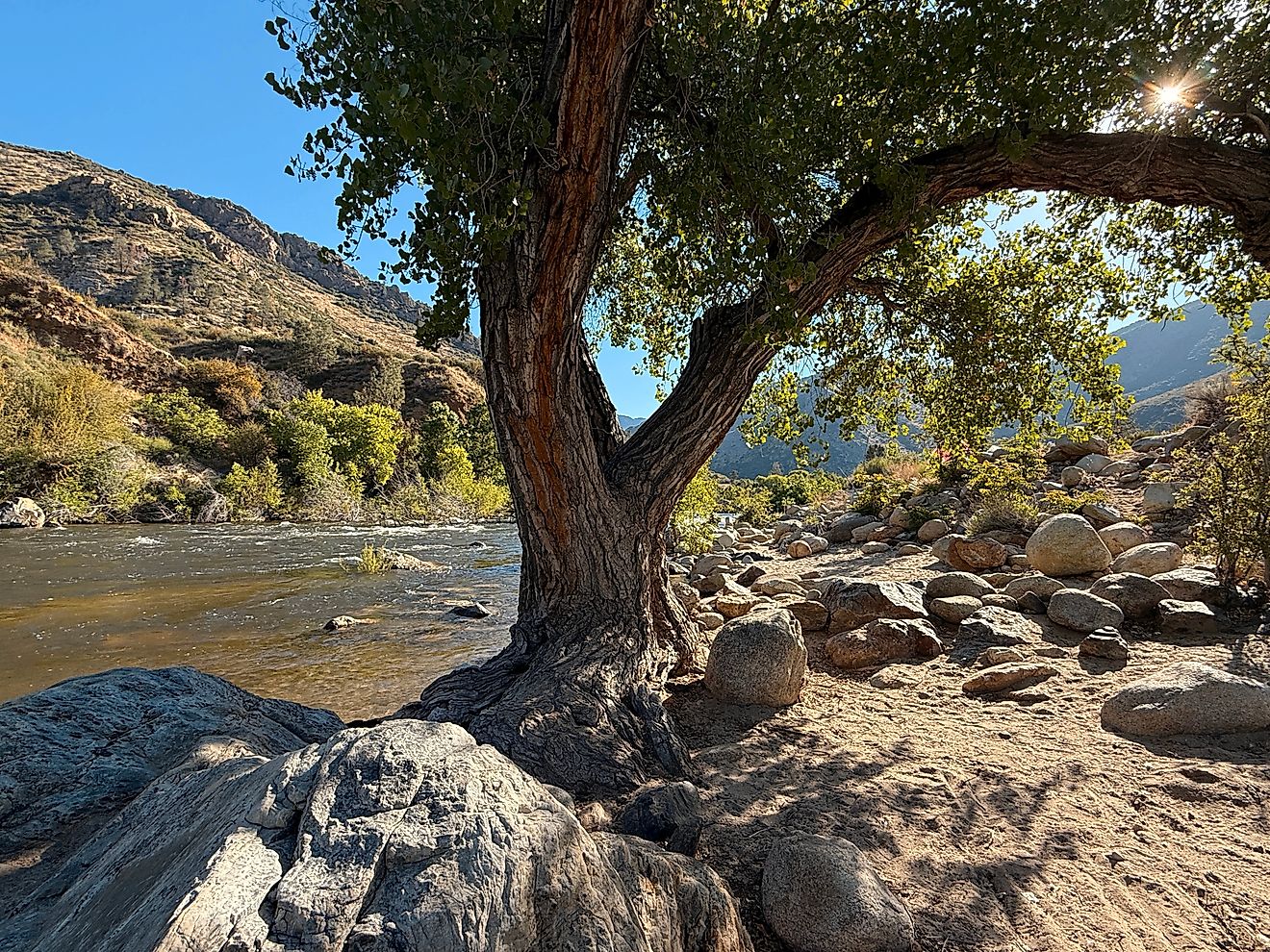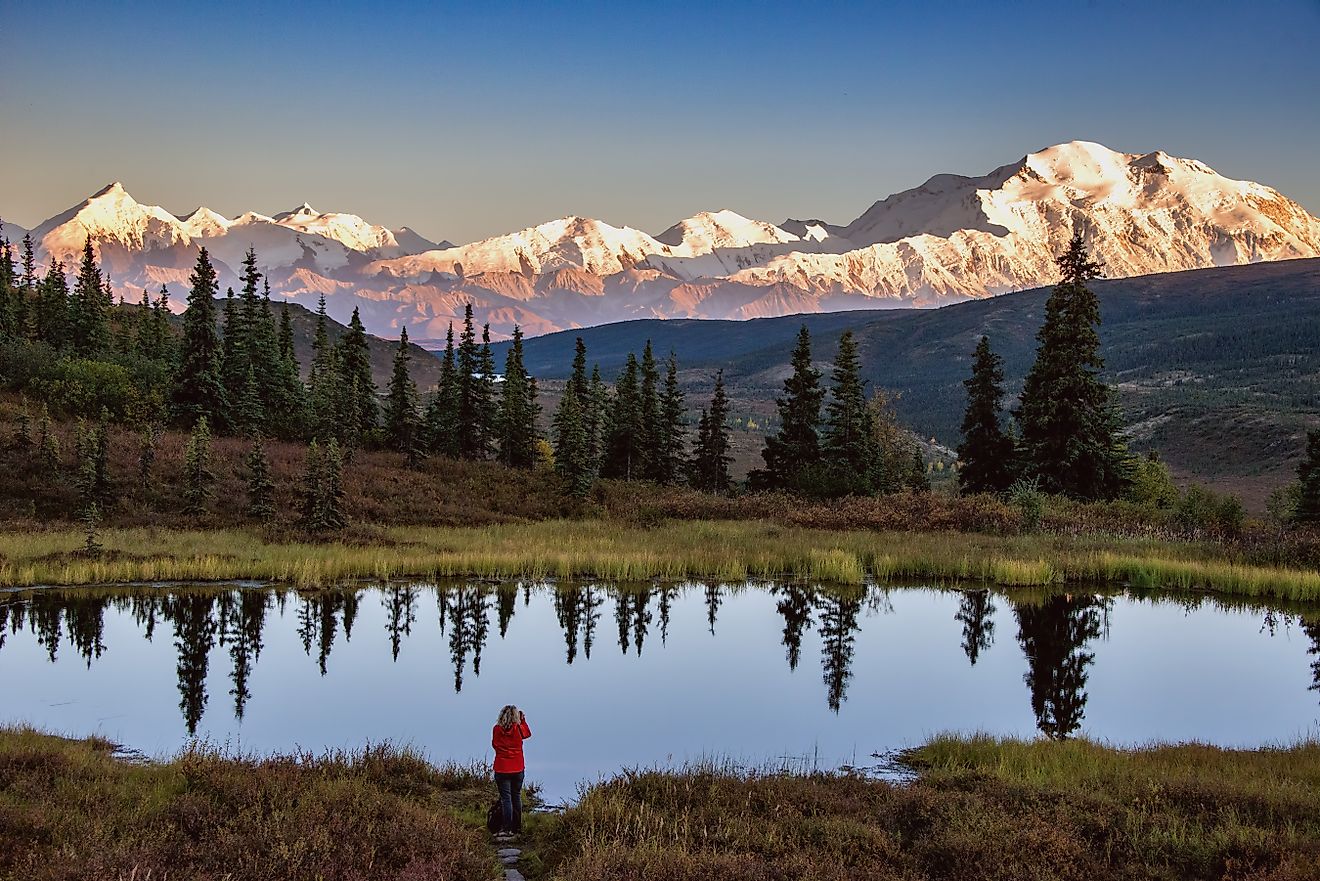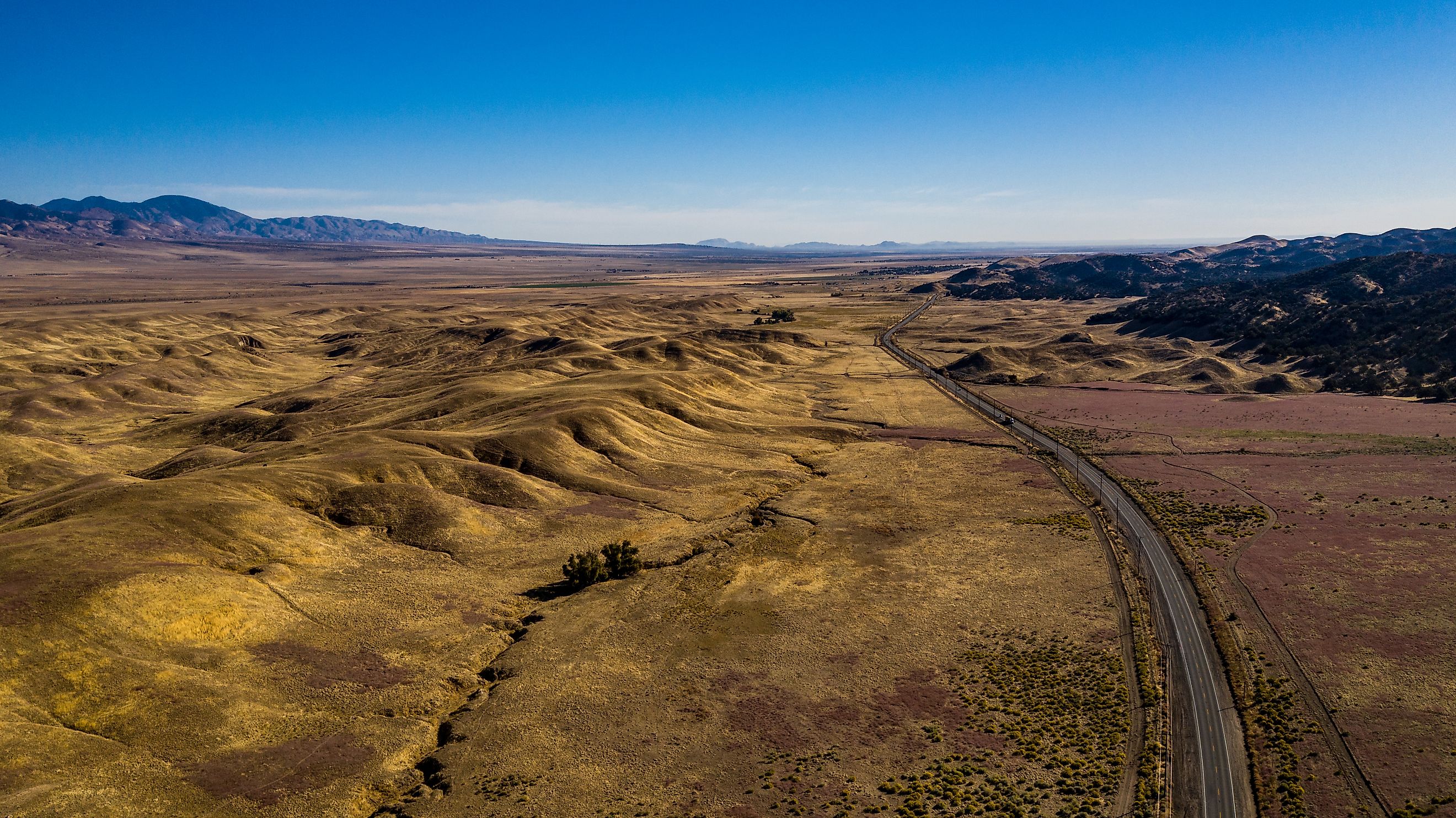
The 5 Most Active Fault Lines in the US
When we think of fault lines, it’s often with a sense of dread—images of cracked highways, trembling skyscrapers, and breaking news alerts. But fault lines are more than just harbingers of earthquakes. They’re windows into the Earth’s restless geology—zones where continents shift, mountains rise, and the landscape is literally torn and reshaped over millennia.
The United States is laced with active fault zones, from the seismically notorious West Coast to surprising locations in the heartland and Southeast. These fault lines are part of what makes the country’s geography so dynamic—and sometimes dangerous.
Here are the five most active fault lines in the US, where the ground beneath your feet is anything but still.
The San Andreas Fault (California)
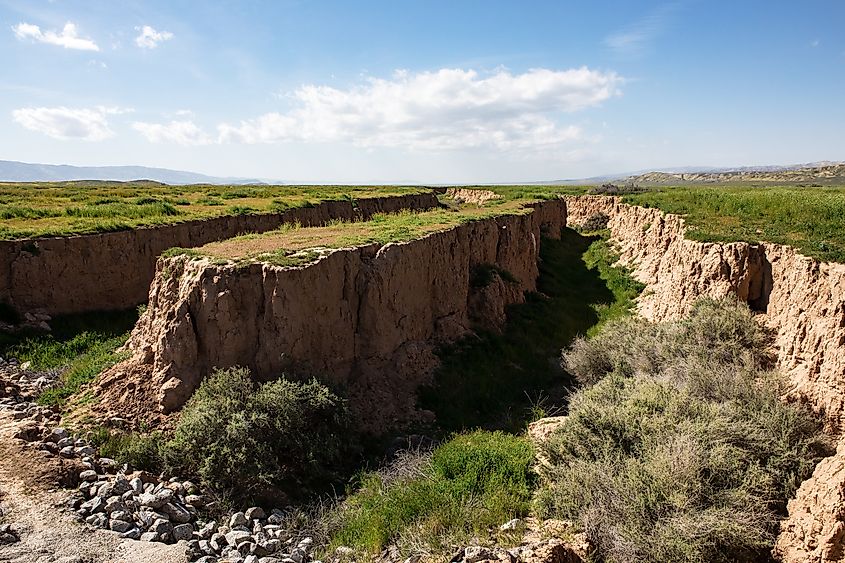
-
Length: ~800 miles
-
Type: Transform (strike-slip) fault
-
Last major quake: 1906 (San Francisco), 1989 (Loma Prieta)
Arguably the most famous fault line in the United States—and perhaps the world—the San Andreas Fault is California’s tectonic nerve. It marks the boundary between the Pacific Plate and the North American Plate, slicing through much of the Golden State from the Salton Sea in the south to Cape Mendocino in the north.
The San Andreas is a strike-slip fault, meaning the two plates grind past each other horizontally. While the most destructive quake associated with it was the 1906 San Francisco Earthquake, the fault hasn’t produced a truly massive rupture in Southern California for centuries. That long quiet period has scientists warning of a potential “Big One.”
Check out the Carrizo Plain National Monument in Central California, where you can visibly see the fault scar slicing across the landscape like a giant zipper in the earth.
Why It Matters
-
80% probability of a major quake in Southern California in the next 30 years.
-
Crosses major urban centers including Los Angeles and San Francisco.
-
Inspires disaster preparedness campaigns and blockbuster films.
The Cascadia Subduction Zone (Pacific Northwest)

-
Length: ~700 miles offshore
-
Type: Convergent subduction zone
-
Last major quake: 1700 (estimated magnitude 8.7–9.2)
Lying just off the coasts of Northern California, Oregon, Washington, and British Columbia, the Cascadia Subduction Zone is the most dangerous fault line you've never heard of—unless you live in the Pacific Northwest. Here, the small Juan de Fuca Plate is diving beneath the North American Plate, setting the stage for massive quakes and tsunamis.
The last known megathrust earthquake occurred in 1700, confirmed both by Japanese tsunami records and Native American oral histories. Scientists believe this fault can produce magnitude 9+ earthquakes, and when it does, the result could be catastrophic for Seattle, Portland, and coastal towns.
Why It Matters
-
Could generate a tsunami with less than 15 minutes of warning.
-
Impacts a densely populated and economically vital region.
-
Has led to sweeping building code reforms and emergency plans.
The New Madrid Seismic Zone (Missouri, Arkansas, Tennessee)
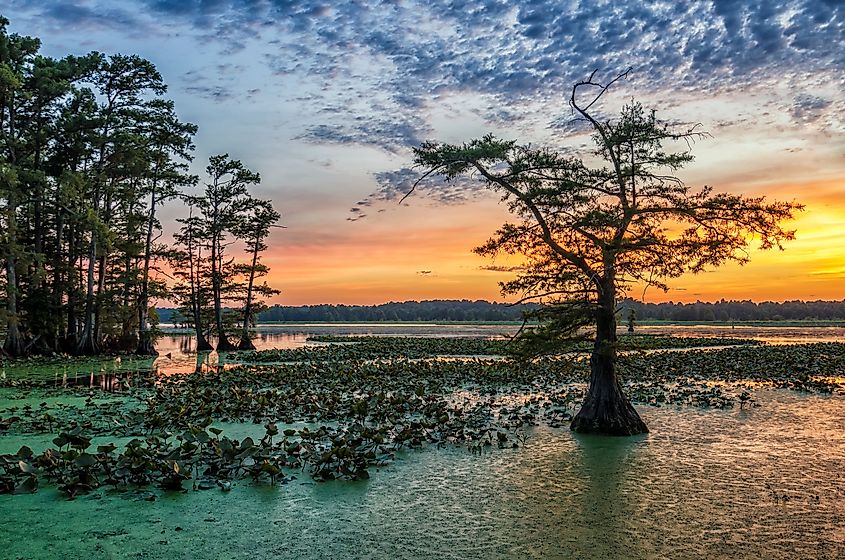
-
Length: ~150 miles
-
Type: Intraplate fault system
-
Last major quake: 1811–1812 (series of quakes, est. magnitude 7.5–7.9)
Most Americans associate earthquakes with the West Coast, but the New Madrid Seismic Zone (NMSZ) is a powerful fault right in the heart of the country. Stretching from southeastern Missouri into northeastern Arkansas and western Tennessee, it was the site of some of the largest quakes ever recorded in the US east of the Rockies.
Between 1811 and 1812, a series of violent tremors shook the region—so intense that they rang church bells in Boston, reversed the flow of the Mississippi River, and created Reelfoot Lake in Tennessee. The zone remains active, producing thousands of minor quakes each year.
Why It Matters
-
More than 10 million people live in the impact zone.
-
Infrastructure is not built for seismic resilience like on the West Coast.
-
A moderate quake could cause billions in damage.
The Wasatch Fault (Utah)
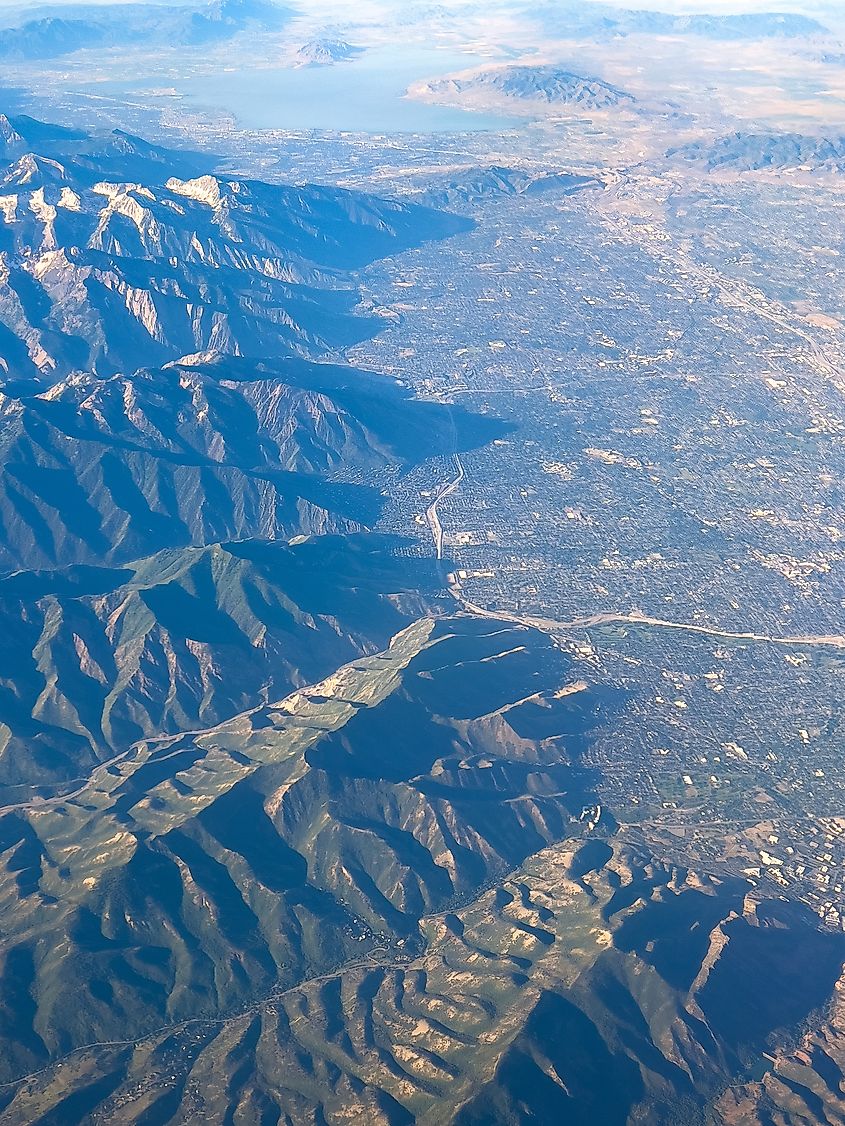
-
Length: ~240 miles
-
Type: Normal fault
-
Last major quake: Over 300 years ago (estimated)
The Wasatch Fault runs along the Wasatch Front—home to Salt Lake City and over 80% of Utah’s population. It’s a normal fault, meaning the Earth’s crust is being pulled apart, which causes one block to drop relative to the other. While it hasn’t unleashed a massive quake in recorded history, geologists say that’s only a matter of time.
Research indicates there’s about a 50% chance of a magnitude 6.75 or greater earthquake in the next 50 years. Unlike California, however, much of Utah's infrastructure isn't built to withstand major shaking.
Be sure to visit the Natural History Museum of Utah. It offers great exhibits on the Wasatch Fault and how it shaped the state’s unique topography. Plus, you’ll get a killer view of the fault line itself from its perch in the foothills.
Why It Matters
-
Salt Lake City sits right atop this fault.
-
Fault scarp is visible in many areas—a literal step in the landscape.
-
Key risk to Utah’s economy and growing urban corridor.
The Eastern Tennessee Seismic Zone (Tennessee, North Carolina, Georgia)
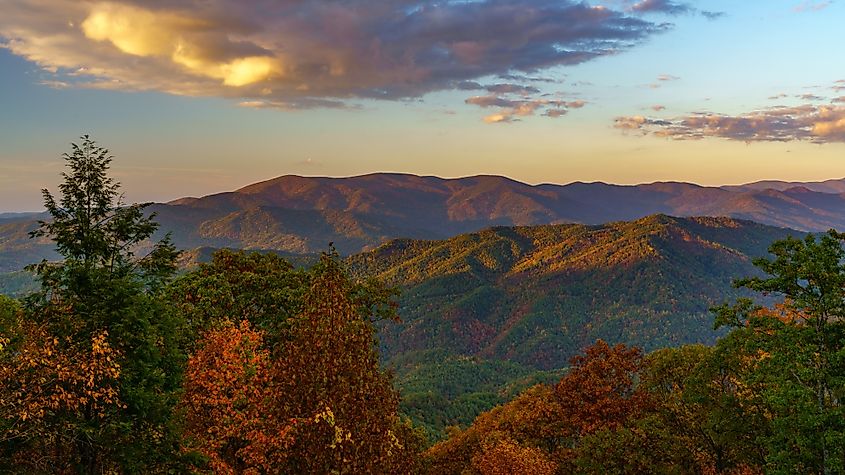
-
Length: ~300 miles
-
Type: Intraplate fault
-
Last notable quake: 2018 (M4.4)
Stretching from northeastern Alabama through eastern Tennessee into southwestern Virginia, the Eastern Tennessee Seismic Zone (ETSZ) is one of the most active regions in the eastern US, despite its low profile. It produces hundreds of small quakes a year, most too minor to feel—but occasionally enough to rattle windows and nerves.
What’s curious about this fault system is that it's not on a plate boundary. Like New Madrid, it’s an intraplate fault, meaning it lies far from tectonic edges. Scientists still aren’t entirely sure what drives the frequent activity here, which makes the zone even more intriguing.
Drive the scenic Cherohala Skyway between Tennessee and North Carolina and see the beautiful Appalachian landscapes shaped by geologic forces over millions of years.
Why It Matters
-
Impacts cities like Knoxville, Chattanooga, and parts of Atlanta.
-
Earthquakes here can be felt across large distances due to the old, dense bedrock of the eastern US.
-
Infrastructure may not be adequately retrofitted.
Why Fault Lines Deserve Our Attention—and Awe

Fault lines may conjure disaster, but they also tell the incredible story of our ever-changing planet. They create mountains, carve canyons, and form valleys. They shape the very places we live, visit, and fall in love with.
Understanding fault zones is critical not just for safety, but for appreciating the raw power of nature that surrounds us—whether you’re walking the cracked sidewalks of San Francisco or hiking the forested ridges of Appalachia.
Quick Facts: Most Active Fault Lines in the US
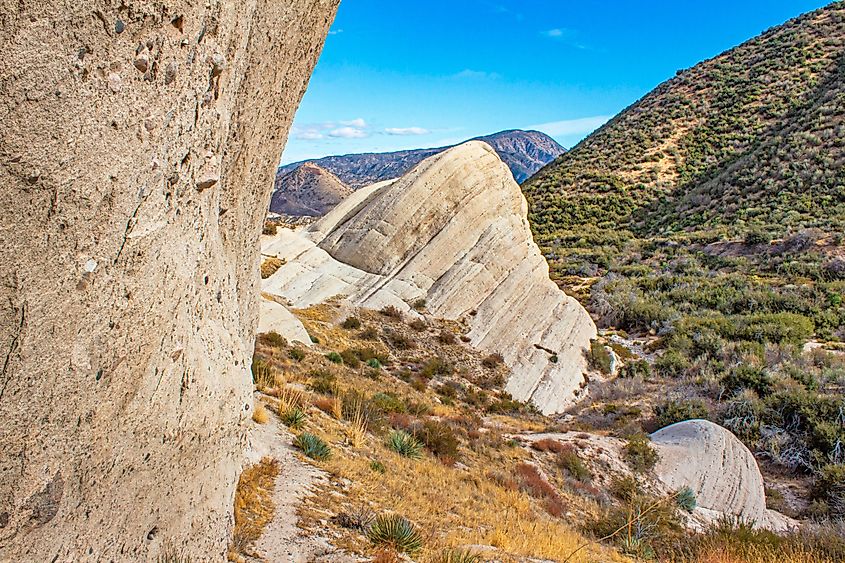
| Fault Line | Type | Region | Risk Level | Notable Quakes |
|---|---|---|---|---|
| San Andreas | Transform | California | Very High | 1906 SF, 1989 Loma Prieta |
| Cascadia | Subduction | Pacific Northwest | Extremely High | 1700 (estimated) |
| New Madrid | Intraplate | Central U.S. | High | 1811–1812 |
| Wasatch | Normal | Utah | High | Overdue |
| Eastern TN | Intraplate | Southeast | Moderate | Frequent low-magnitude |
Common Questions About US Fault Lines
What is the most dangerous fault line in the US?
The Cascadia Subduction Zone is considered the most dangerous due to its ability to produce magnitude 9+ earthquakes and tsunamis with little warning.
Is the New Madrid Fault still active?
Yes. Although it hasn’t seen a major quake in over 200 years, minor quakes occur frequently, and it remains a serious risk due to poor seismic preparedness in the region.
Can earthquakes happen on the East Coast?
Absolutely. Though less frequent, East Coast quakes can be felt over larger distances due to older, denser bedrock. Zones like the Eastern Tennessee Seismic Zone are active.
Where can I see a fault line in person?
Try Carrizo Plain National Monument in California or the Wasatch Fault scarp near Salt Lake City. These places show visible signs of Earth’s movement.
